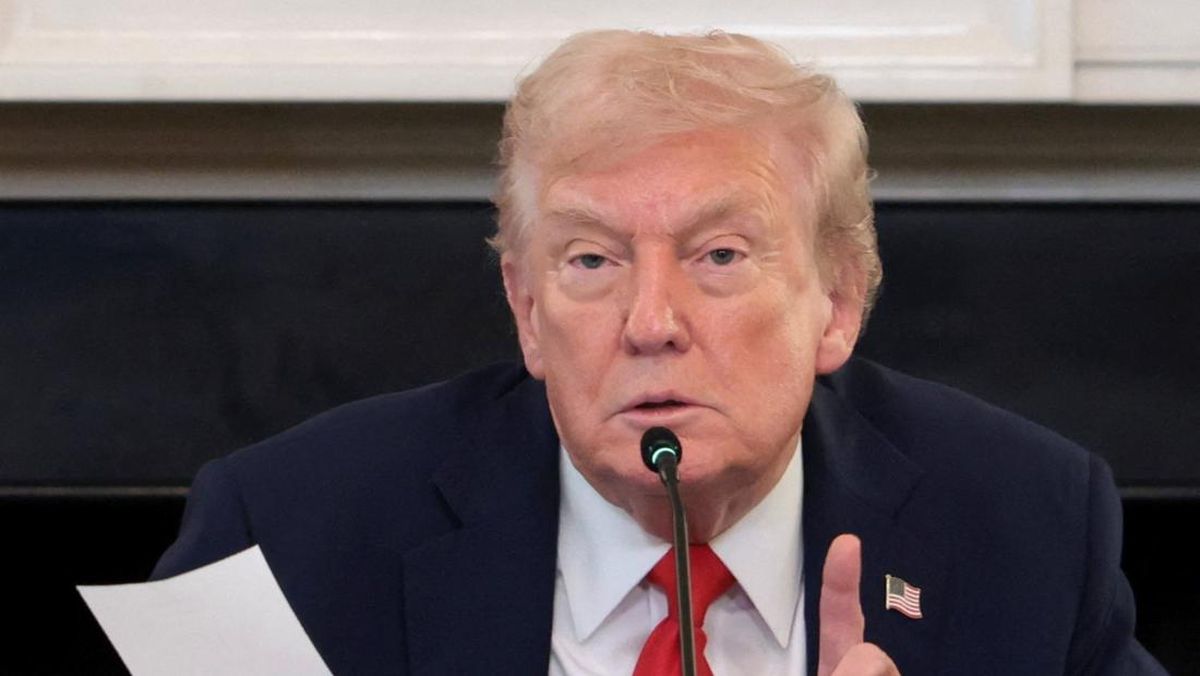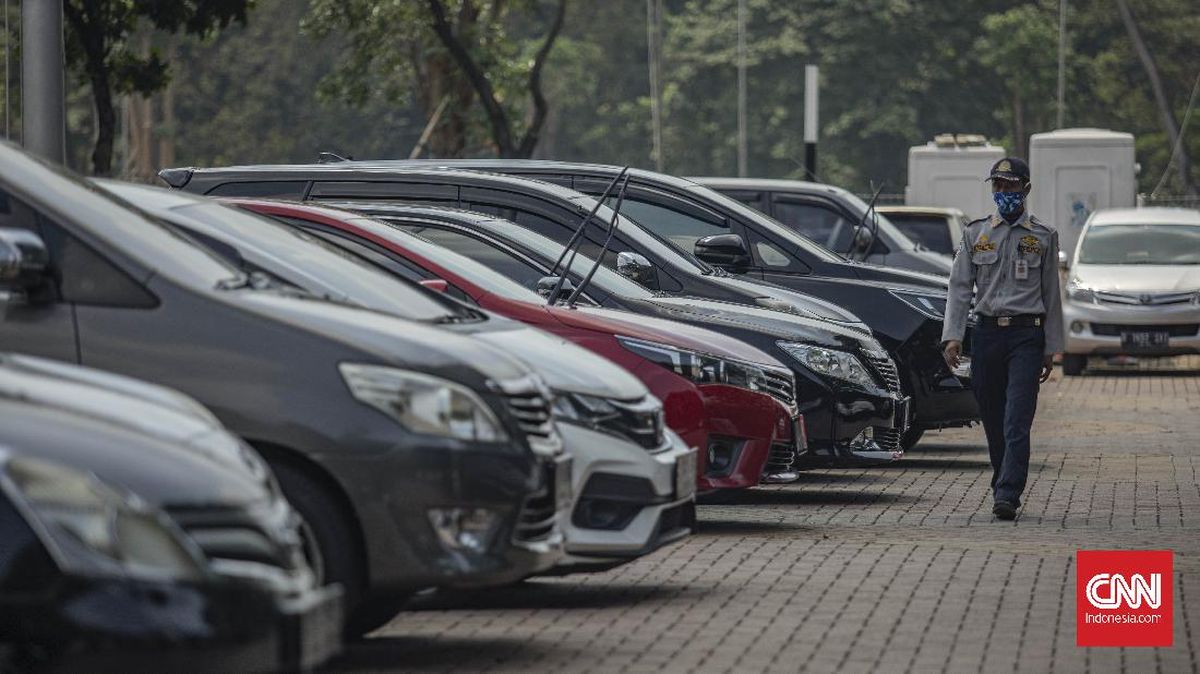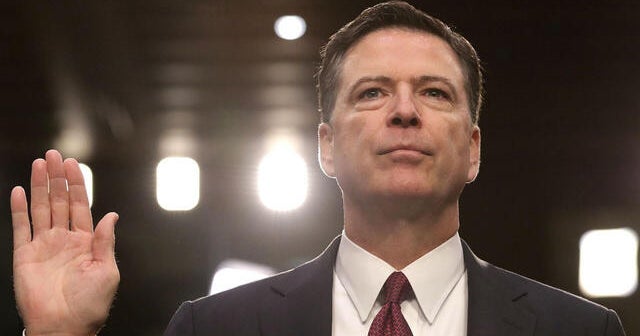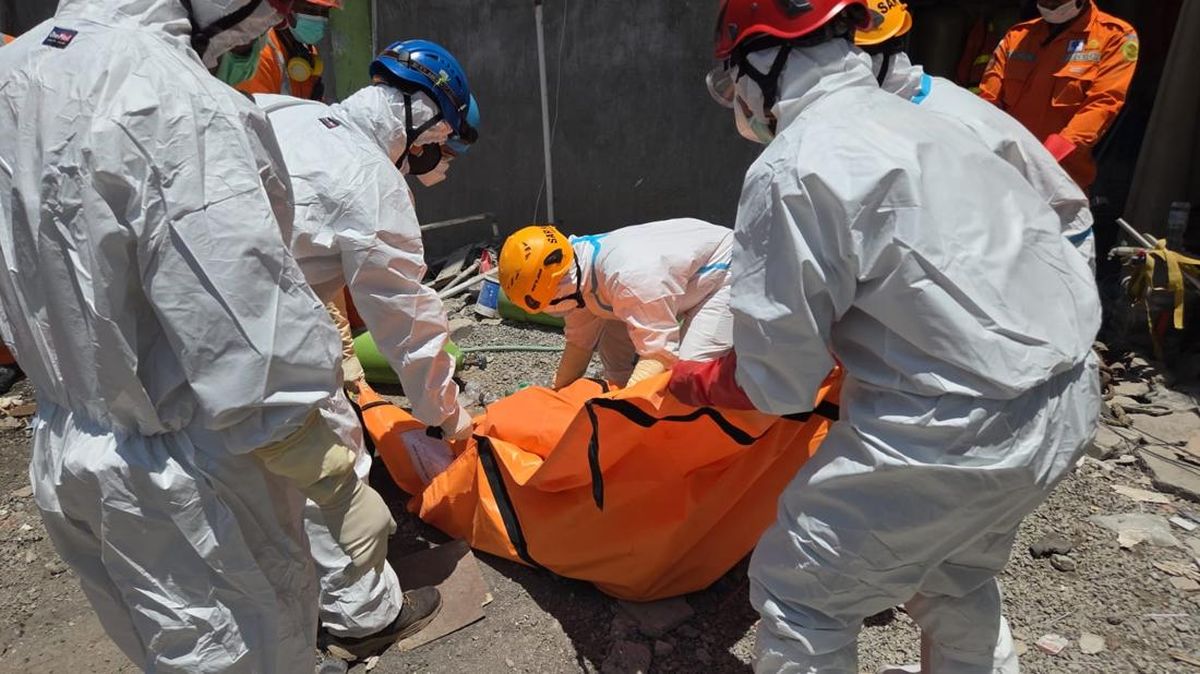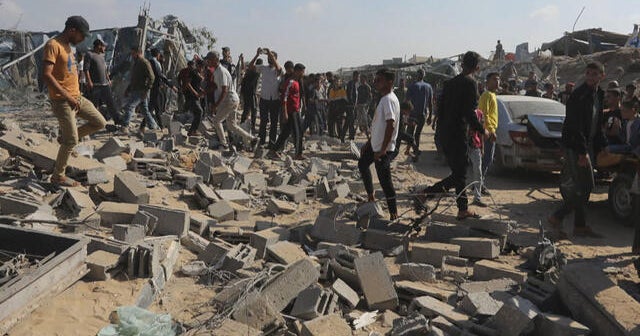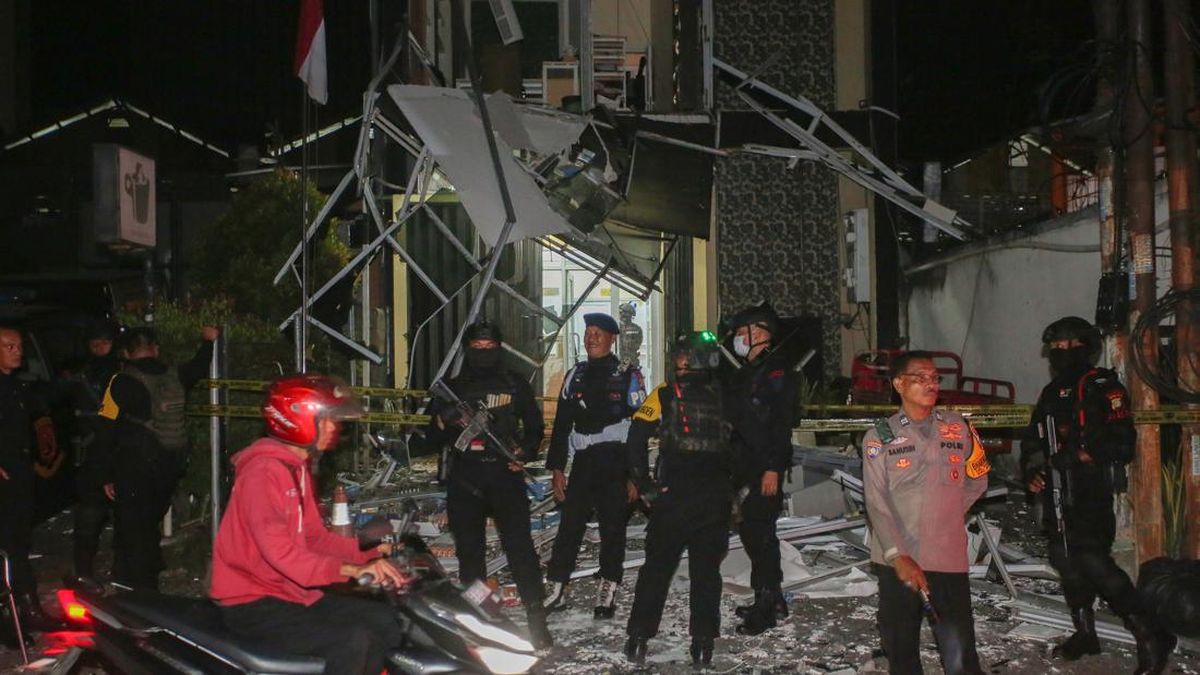By Louise Rasmussen
September 25, 2025 — 12.31pm
Copenhagen: Denmark’s Aalborg Airport, used for commercial and military flights, was closed due to drones in its airspace, police said early on Thursday, two days after the country’s main Copenhagen Airport was shut over drone sightings that raised European security concerns.
Danish police said the drones followed a similar pattern to the ones that had halted flights at Copenhagen Airport for four hours earlier this week. Denmark described that incident as the most serious attack yet on its critical infrastructure and linked it to a series of suspected Russian drone incursions and other disruptions across Europe.

Danish police patrol at Copenhagen Airport on Monday.Credit: AP
Police said they had also received reports of drones in other parts of the country on Wednesday evening, including near a military base housing Danish F-16 and F-35 fighter aircraft.
The closure of Aalborg Airport also affected Denmark’s armed forces because of its dual use as a military base, police added. The Danish military said it was assisting local and national police with the investigation, but declined to provide further comment.
Loading
In a statement, Danish police said the latest confirmed sighting of an active drone occurred just before 1am on Thursday, Danish time, and that they believed the drones in question were no longer in the area.
“We have not succeeded in taking down the drones themselves, which have flown over a very large area for a couple of hours. At this time, we have not apprehended the drone operators”, the North Jutland Police statement said.
Aalborg Airport’s airspace reopened about 3.15am, and flights would resume later in the morning, Danish newspaper Jyllands-Posten reported, citing the country’s Ritzau agency.
Authorities in Norway also shut down Oslo Airport for three hours on Monday evening after a drone was seen.
European Commission President Ursula von der Leyen said on Tuesday that the drones that halted flights at Copenhagen were part of a “pattern of persistent contestation at our borders”.
Suspicions of Russian involvement in the Copenhagen Airport incident were unfounded, Russia’s ambassador to Denmark said on Tuesday.
Norwegian and Danish authorities were in close contact over the Copenhagen and Oslo incidents on Monday, but their investigation has not yet established a connection, Norway’s foreign minister said.
Meanwhile, President Volodymyr Zelensky warned on Wednesday that weapons being developed to fight the war in Ukraine, including drones, posed a severe threat to humanity.
“We are now living through the most destructive arms race in human history,” he told world leaders at the United Nations General Assembly in New York.
Zelensky identified a dangerous future in which artificial intelligence-enabled drones could pose an even more terrifying threat, and said regulation of such technology was as urgent as curbs on nuclear weapons.
A string of drone sightings and digital outages has repeatedly disrupted airports since 2017. These episodes bypass core flight-safety systems and trigger disruptions to check-in and boarding systems, power infrastructure and airfield perimeters, causing ripple effects across networks.
Persistent drone reports crippled London’s Gatwick Airport for three days during the 2018 Christmas peak. The British Army was deployed with specialist drone-hunting equipment, but no drones were ever shot down or discovered, and police later even suggested that they never existed.
‘More than one’
Danish police told reporters that “more than one drone” had been sighted near Aalborg Airport, and they were flying with lights on.
The drones were first sighted about 9.44pm on Wednesday (5.45am Thursday AEST) according to police, and remained in the airspace at the time of the press briefing at 12.05am on Thursday.
European air traffic control service Eurocontrol said arrivals and departures at Aalborg Airport would be at a “zero rate” until 4am GMT on Thursday (1pm AEST) due to drone activity.
Northern Jutland Police said they could not specify the types of drones or whether they were the same as the ones flying over Copenhagen Airport on Monday.
“It is too early to say what the goal of the drones is and who is the actor behind,” a police official said, adding that they would take down the drones if possible.
Southern Jutland police later said in a post on X that drones had also been observed near the airports in the Danish towns of Esbjerg, Sonderborg and Skrydstrup. Fighter Wing Skrydstrup in Southern Jutland is the base for Denmark’s F-16 and F-35 fighter jets.
National police commissioner Thorkild Fogde said people across Denmark had reported drone sightings since Monday and, while “many of these reports do not cover activities that are of interest to the police or the military, some of them do, and I think the one in Aalborg does”, he said.
Police said they were investigating further and co-operating with the national intelligence service and the armed forces, as well as authorities in other countries.
There is no danger to passengers at Aalborg Airport or nearby residents, police said. They added that three flights had been diverted to other airports.
Airspace violations
The latest alerts come as European countries scramble to respond to a string of airspace violations by Russian drones and aircraft in recent days.
Poland’s air force shot down Russian drones that crossed into the country on September 9, a Russian drone flew over Romanian territory on September 13, and six days later, MiG-31 fighter planes were escorted out of Estonia after an incursion that lasted 12 minutes.

A Russian MiG-31. Three of the fighters breached Estonia’s airspace last week.Credit: AP
Russia has typically denied airspace violations and dismissed the drone overflights as accidental.
Loading
Some European officials see the incidents as a deliberate ploy by Russian President Vladimir Putin to test the collective resolve of NATO allies to defend one another from attack.
Russian military aircraft, such as helicopters and transport planes, have occasionally veered into the airspace of NATO member states over the years.
Military experts view the incursions as a symbolic display of disregard for NATO borders, and, in the case of former Soviet states such as Lithuania, Latvia, and Estonia, a signal that Moscow doesn’t consider them to be independent nations.
On Wednesday, US President Donald Trump said NATO nations should shoot down Russian aircraft that enter their airspace. But whether Washington would lend its support would depend on the circumstances, he said. Meanwhile, the allies have been sending mixed messages about how they should deal with such incidents.
The Poland incursion involved about 20 Russian attack drones, and NATO took the unprecedented step of shooting some of them down. The breach of Estonian airspace was unusually overt, with multiple Russian aircraft flying to within minutes of the capital, Tallinn, and involving fighter jets rather than the ageing military transport planes more commonly observed in such incidents.
Reuters, Bloomberg
Most Viewed in World
Loading



